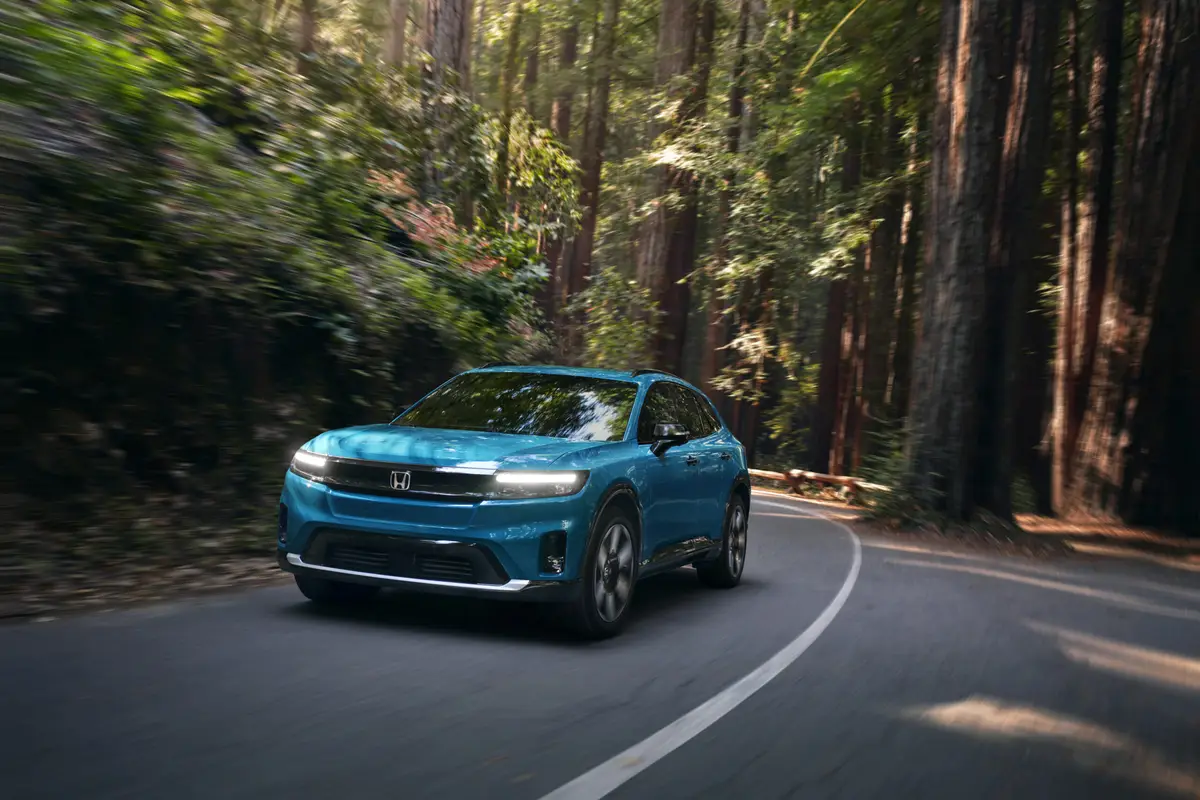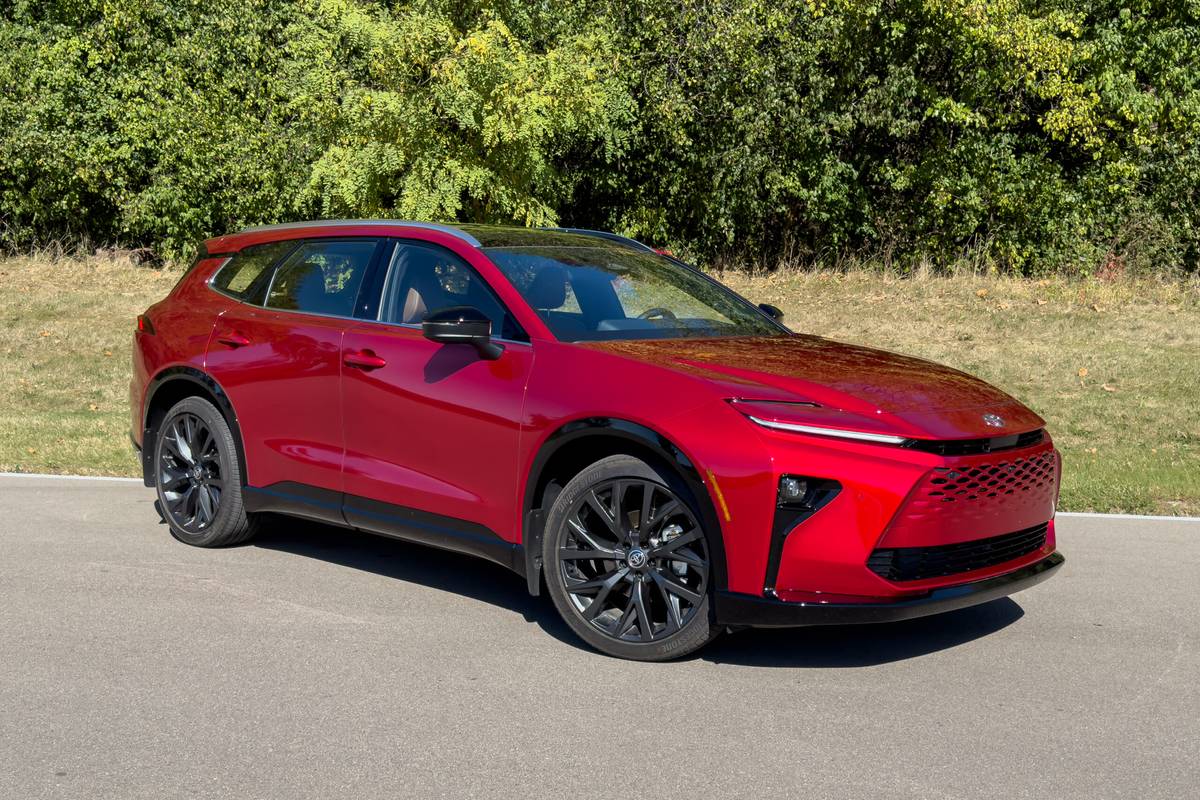Star-Telegram.com's view
Just as auto buffs are getting familiar with the fantastic Pontiac G8, General Motors is about to write its obituary.
Introduced last year when gasoline prices were above $3 a gallon, the G8 sport sedan probably was seen by many consumers as the wrong car at the wrong time.
But for enthusiasts, this was a significant new vehicle in GM’s lineup, one that signified a new beginning for the Pontiac brand and its renewed “We Drive Excitement” theme.
With the reorganization of the bankrupt GM under way, however, the Pontiac brand is going away next year, and along with it, the G8.
GM recently gave me the opportunity for a final weeklong drive in the best of the G8 lineup, the high-performance 2009 GXP.
This is the beast of the lineup, with a 6.2-liter, 415-horsepower V-8 engine connected to a six-speed automatic transmission or an optional six-speed manual, just for enthusiasts, which was included on my test vehicle. The manual is a $695 upgrade.
Base price of the GXP is $38,360, which is more than a pocketful of change, but worth every penny.
There will be no 2010 models, although there are reports that GM might re-brand this car as a Chevrolet Caprice, which would probably be a very good decision.
When it was introduced last year, TV ads called this sporty rear-wheel-drive the “most powerful car under $30,000,” referring to the original $29,995 (including freight) starting price of the G8’s GT model, with its 355-horsepower V-8 engine that can propel it from zero to 60 mph in just 5.3 seconds.
That model now lists for $32,305, but probably sells for somewhat less than that with rebates and dealer discounts. Also available is the V-6 version of the G8, with a starting price of $28,940. Both prices include freight.
Built in Australia by General Motors Corp.’s Holden subsidiary, the G8 replaced the venerable Grand Prix and the previously discontinued Bonneville in the Pontiac lineup, and gave the brand its first rear-drive sedan in years.
The more-expensive BMW 5-series sedan was used as the benchmark for the G8. Even though the G8’s performance (with the GT’s 355-horsepower engine) exceeds that of all 5-series models except for the high-performance and high-priced M5, people who buy BMWs usually aren’t considering an American car brand as an option. But the BMW is well out of reach of those who can afford just the G8, which makes the Pontiac a real bargain.
A fully loaded GT model with the V-8 engine and all available options has a sticker price of about $35,000, compared with $60,000-plus for a V-8 powered BMW 550i sedan. The 550i’s V-8 has 360 horsepower, nearly the same as that of the G8’s base V-8. The GXP’s V-8 takes the G8 a full notch higher than the BMW
The real comparisons of the G8, though, should be made against its direct competitors, such as the Dodge Charger, Nissan Maxima and Infiniti G37. Among those, the Maxima and G37 – with horsepower over 300 – outperform the G8’s V-6. But neither is offered with a V-8.
The Charger’s 5.7-liter Hemi V-8 comes up short against the G8’s V-8 engine, with 335 horsepower.
A plus for the G8 is that it’s much roomier than most of its competitors. GM also touted the G8’s European styling, which was meant to give the car the same kind of curb appeal found in the European luxury brands. Its wheels-to-the-corners design was meant to maximize interior space, while making the car handle better.
Transmissions available are five- and six-speed automatics, and for enthusiasts, that six-speed manual in the GXP model. Standard wheels are 18 inches, but 19-inch wheels are available (included on the GXP).
The G8’s battery is in the trunk, which saves room in the engine compartment to help increase cabin space, but also takes the battery out of proximity to the hot engine and puts it where it will be much cooler. That helps extend the life of the battery, GM said. There are jump-start connections under the hood, however.
Overall length of the GT is 196.1 inches, which is 2.2 inches shorter than the 2008 Grand Prix. The trunk has 17.5 cubic feet of space, compared with 16 for the Grand Prix. The G8 has a 114.8-inch wheelbase, with a front track width of 62.7 inches and a rear width of 63.3 inches.
The suspension system includes MacPherson struts in the front, and a four-link, coil-over-shock design in the rear.
Inside are jewel-like instruments, satin and chrome trim, and grained textures throughout the cabin. Included in the instrument-panel detail are white lighting for the primary instruments and Pontiac’s signature red lighting for the rest of the gauges, Pontiac said.
The front bucket seats include bolstering to help keep the occupants in place during hard turns, but Pontiac said all seats are designed to be comfortable during long drives. The car will seat up to five people.
Base and GT models come with cloth upholstery, tilt-and-telescopic steering column, front seat-mounted side air bags, front and rear side-curtain air bags, steering-wheel audio controls, and GM’s OnStar navigation and emergency communications system.
Leather seat inserts are optional on base and GT models, but standard on the GXP. Other options include an upgraded audio system (available on the base model, already included on the GT and GXP), and a sunroof. The uplevel audio includes 11 speakers. A limited-slip differential is standard on the V-8 models.
EPA fuel-economy ratings are a respectable 17 miles per gallon city/25 highway for the V-6 model.
The base V-8, featuring GM’s Active Fuel Management system that boosts fuel economy by shutting off four cylinders during level cruising, is rated at 15 city/24 highway.
The G8 is built in Adelaide, Australia, and is based on the architecture of the Holden Commodore, which is available only in Australia.
The automotive columns of G. Chambers Williams III have appeared regularly in the Star-Telegram since 1994. Contact him at 210-250-3236; chambers@star-telegram.com.
Those who want to put one of these great cars in their garages should do so very soon, as production will be limited as the brand is phased out.
Latest news



